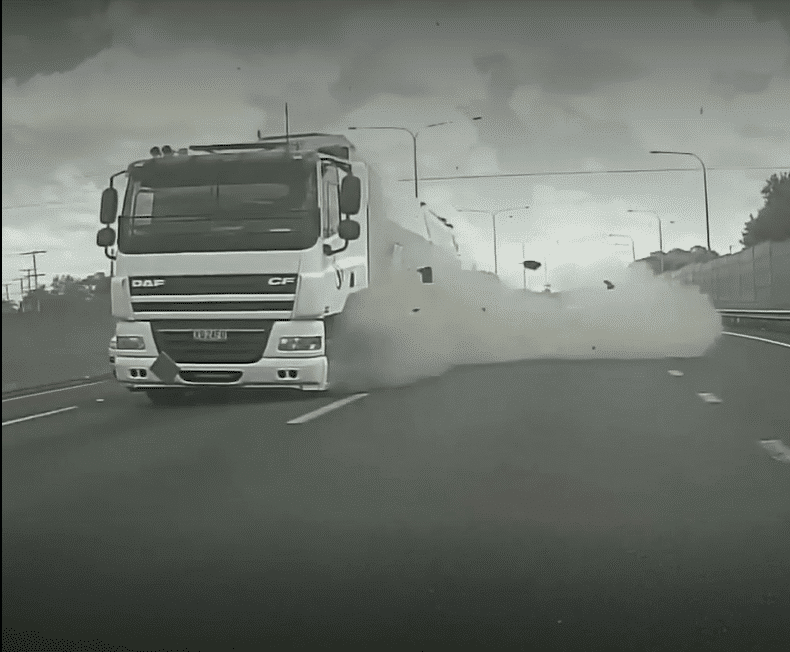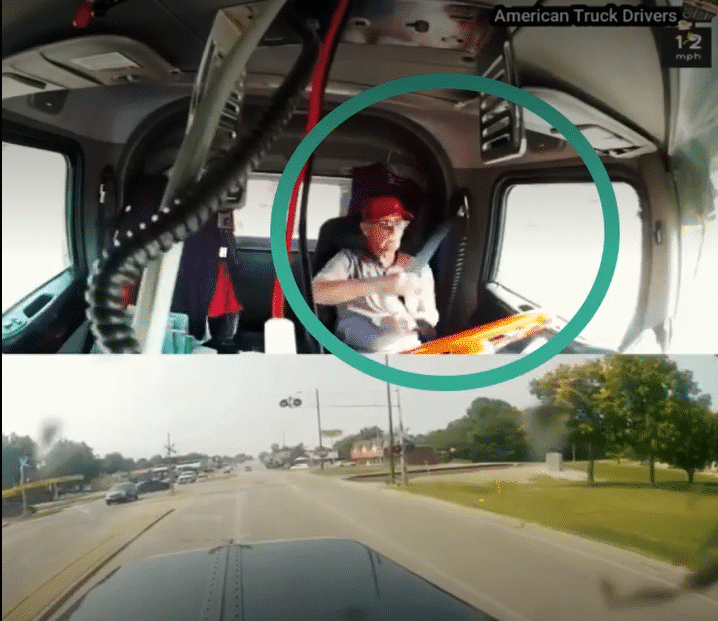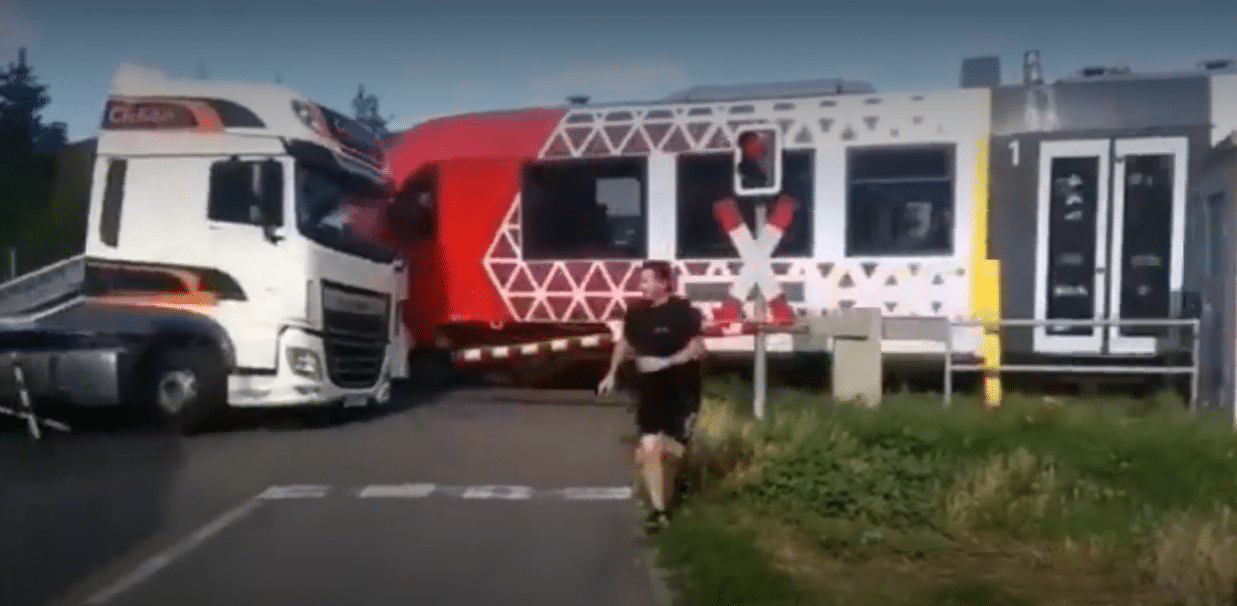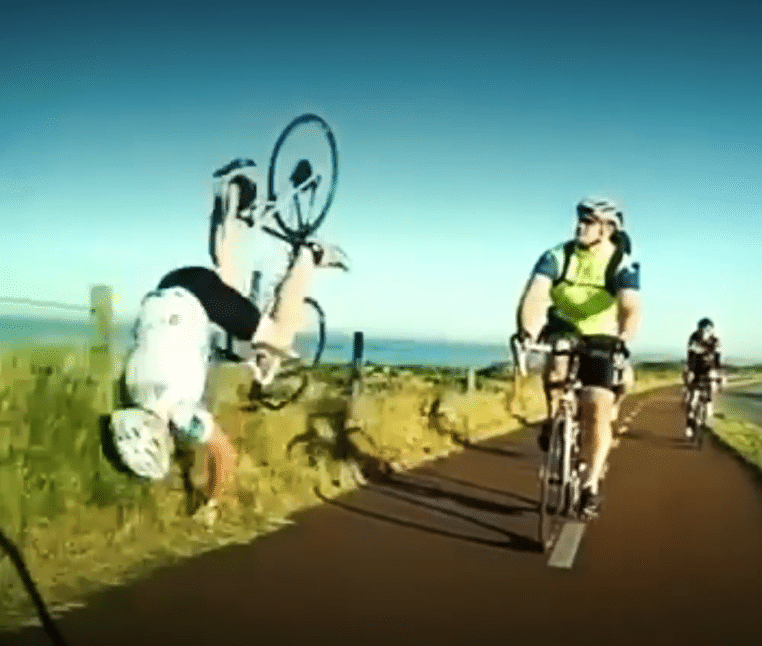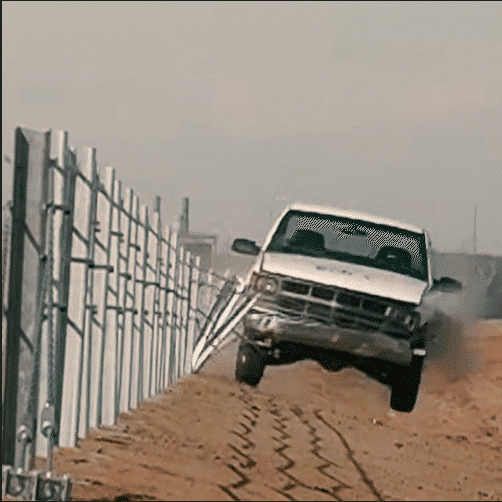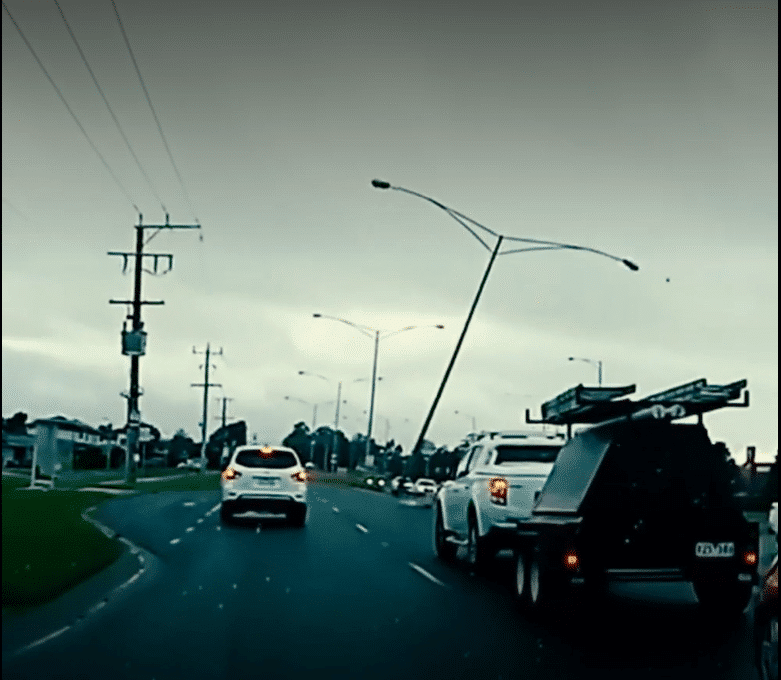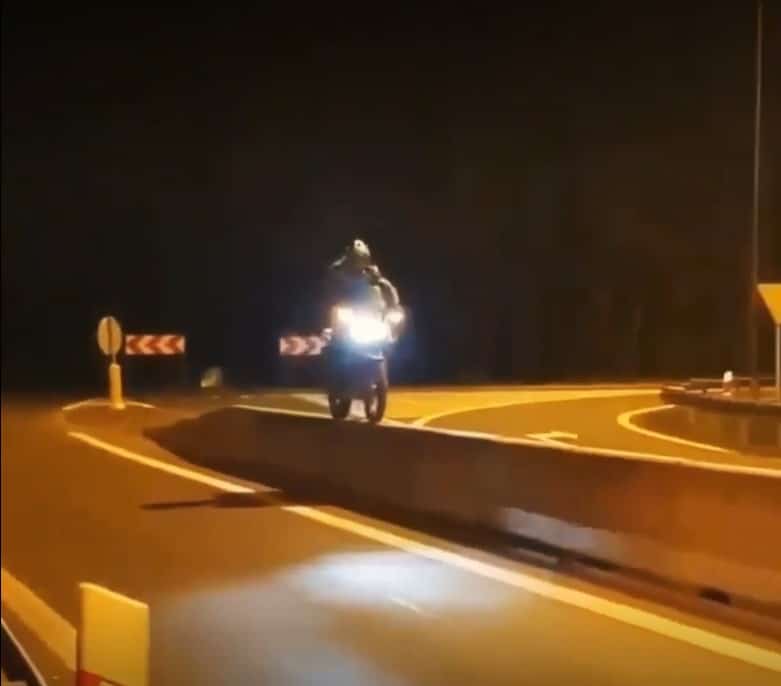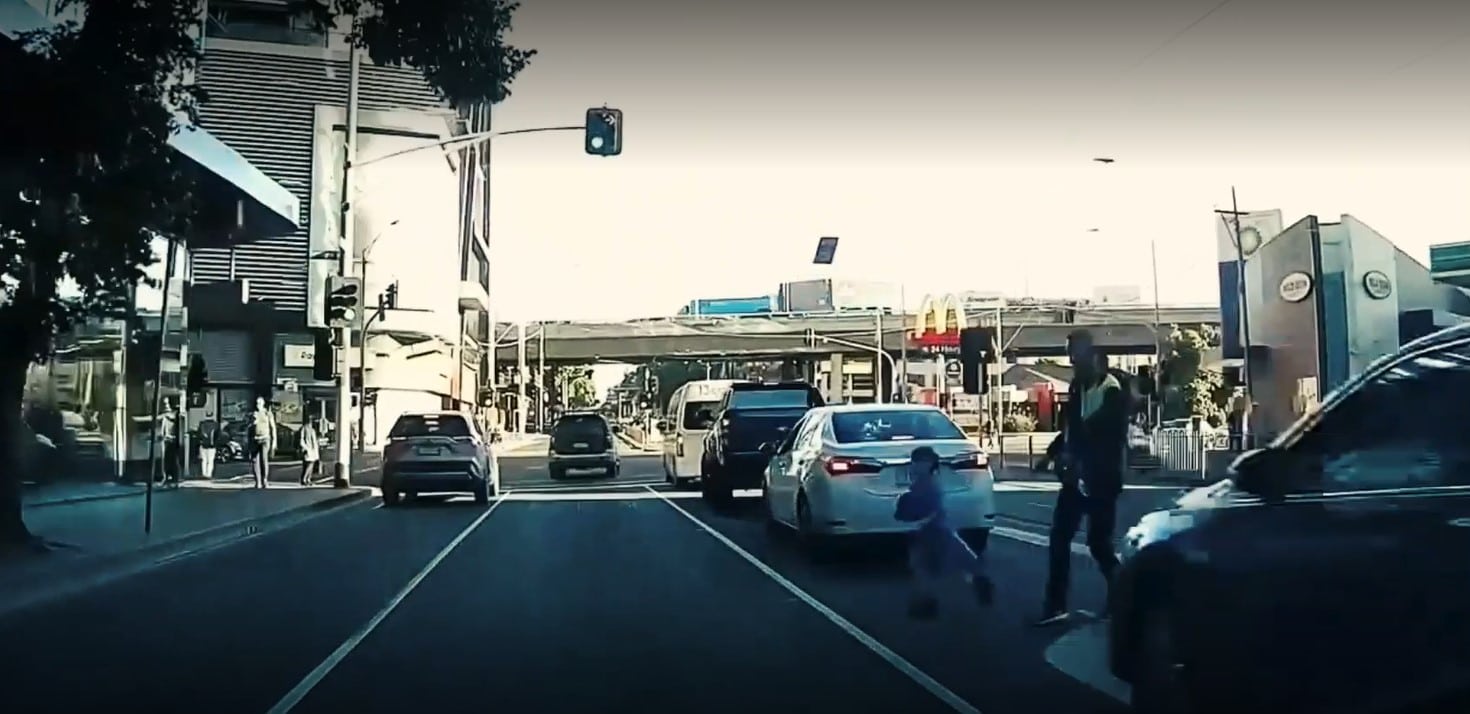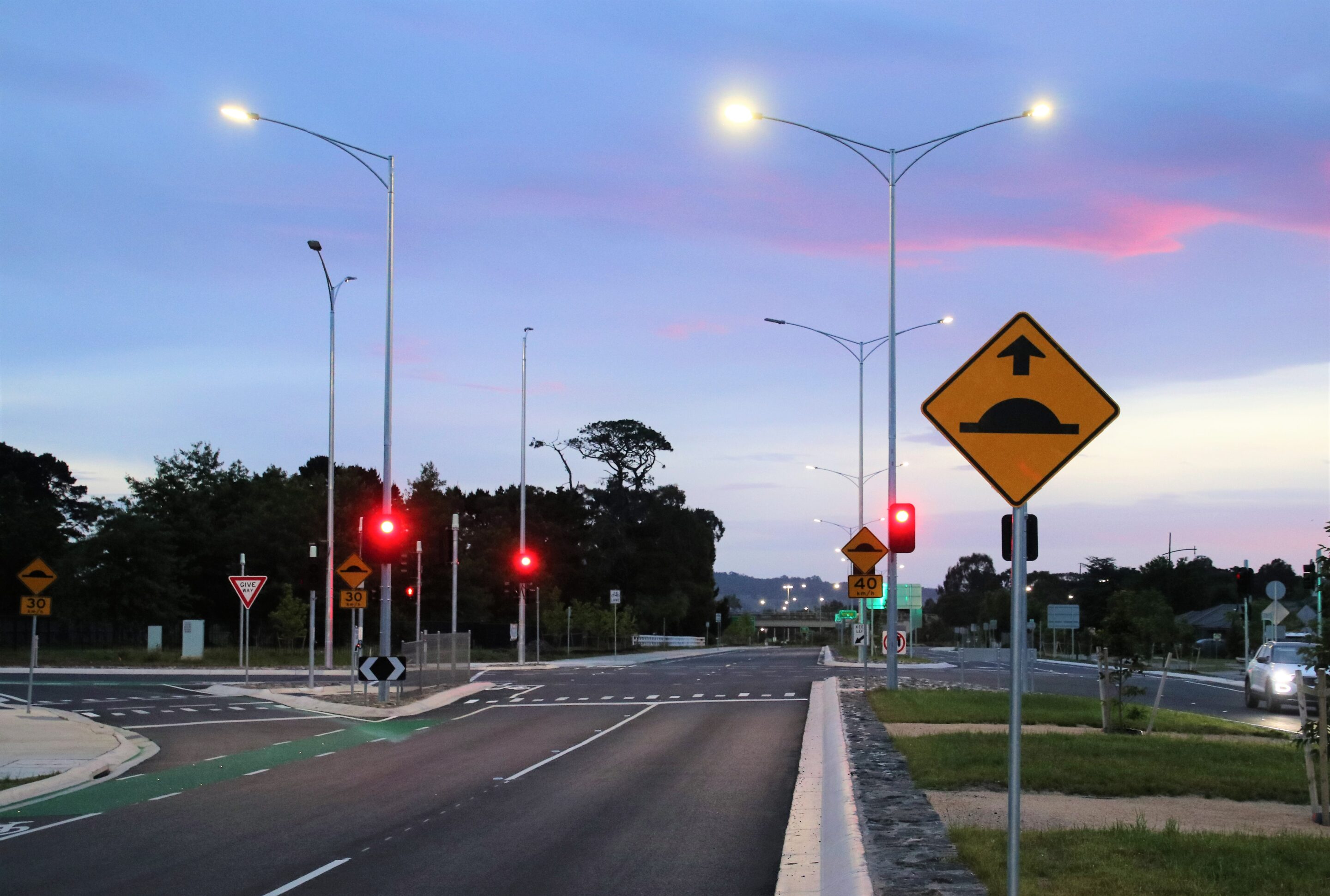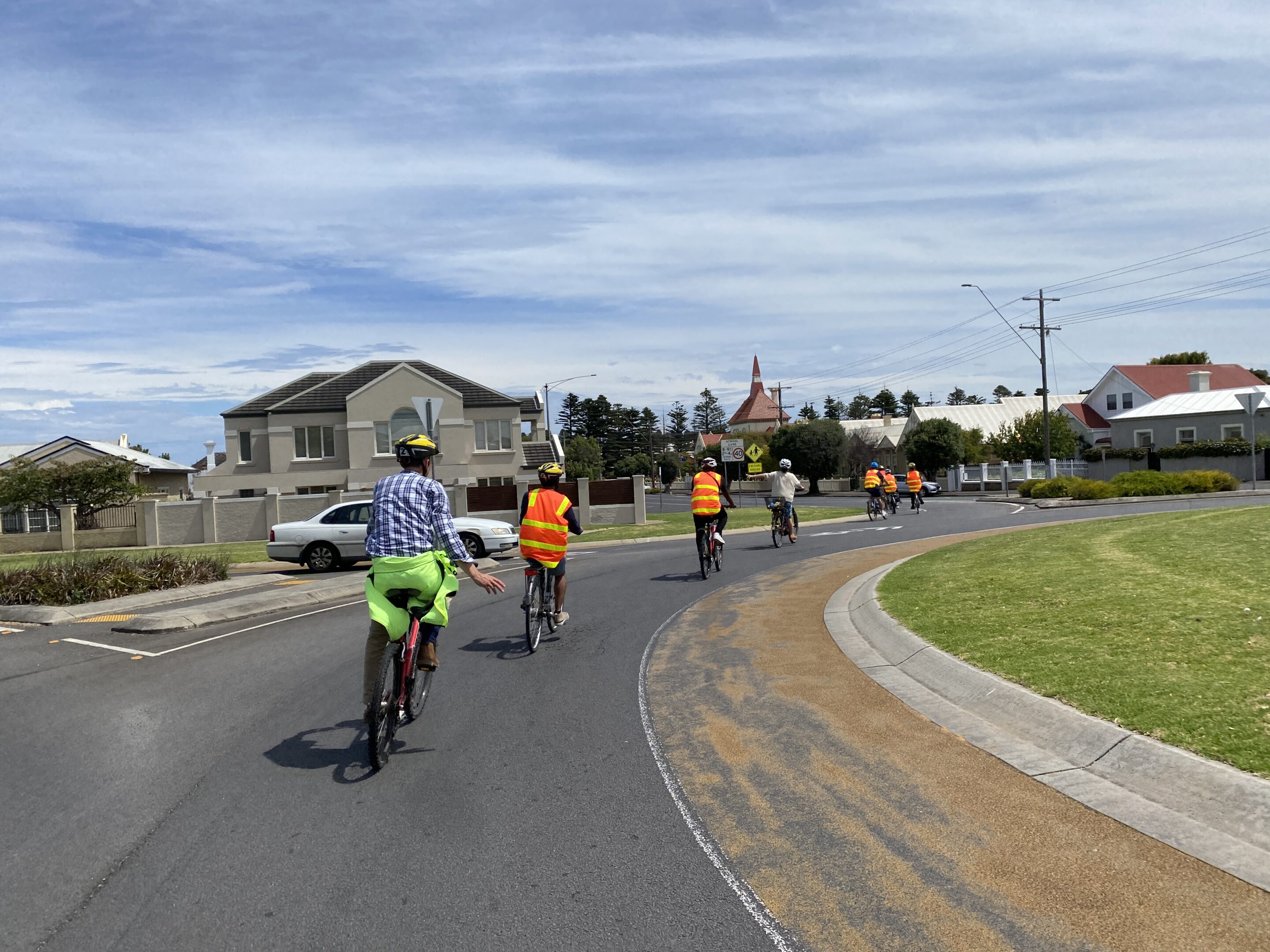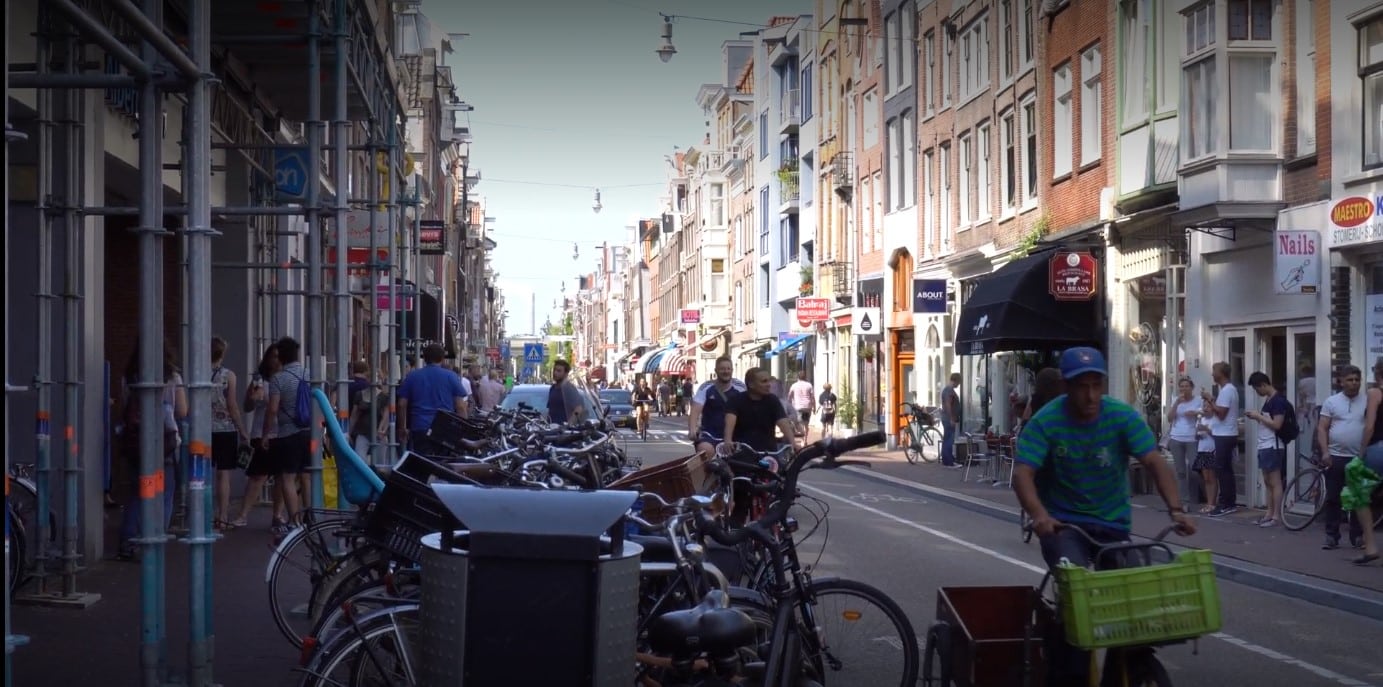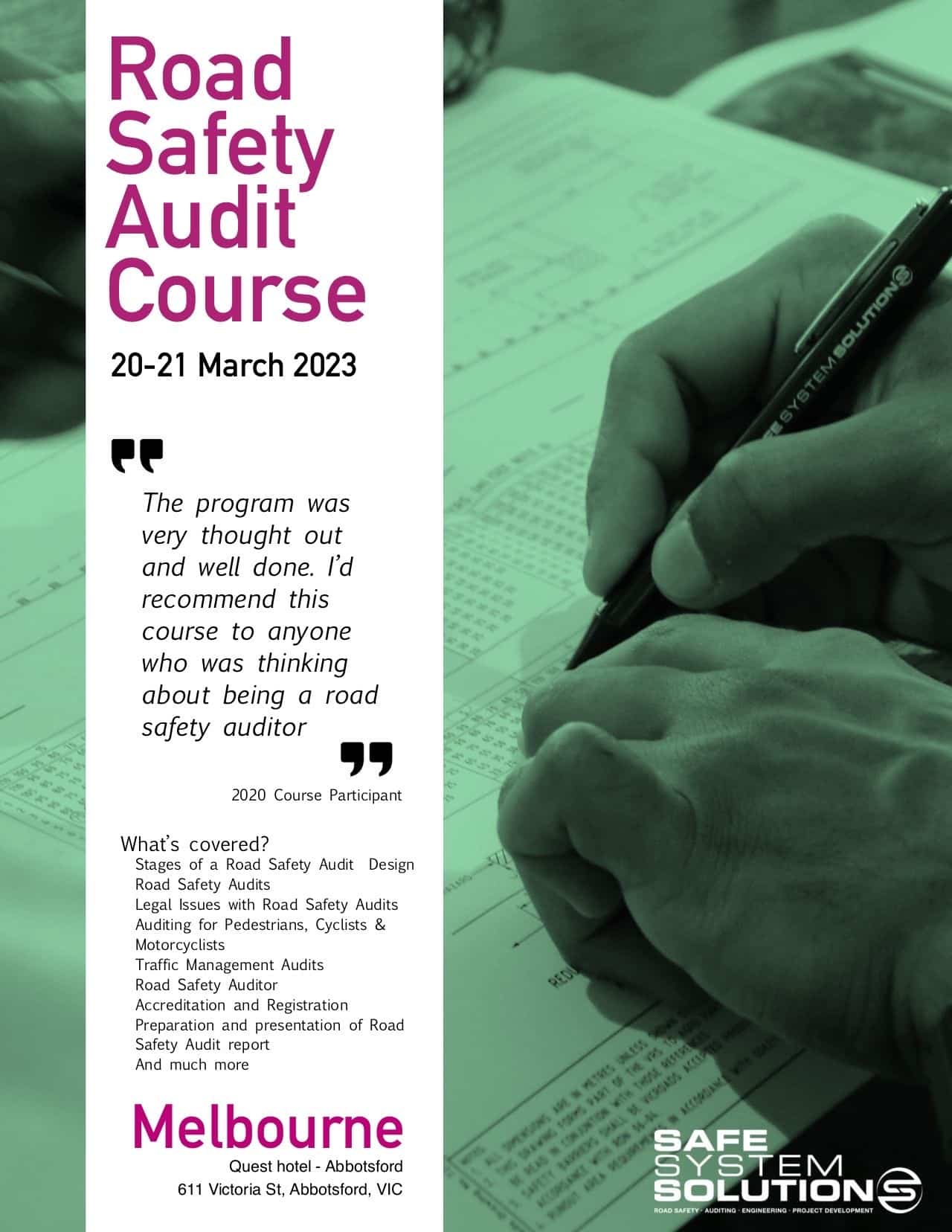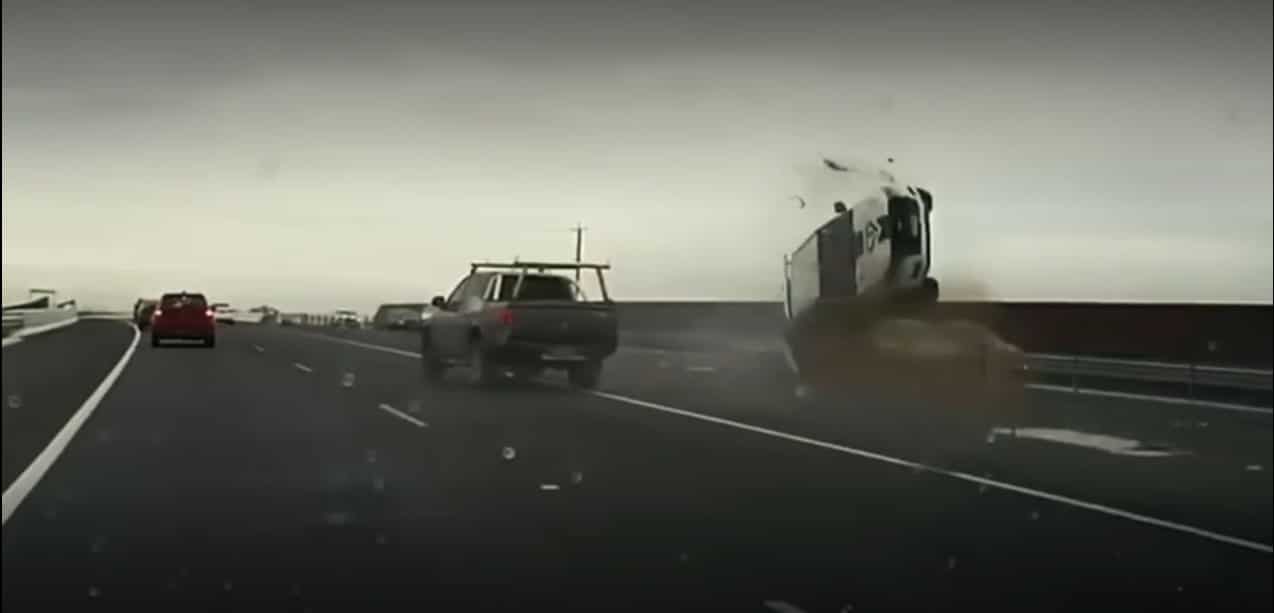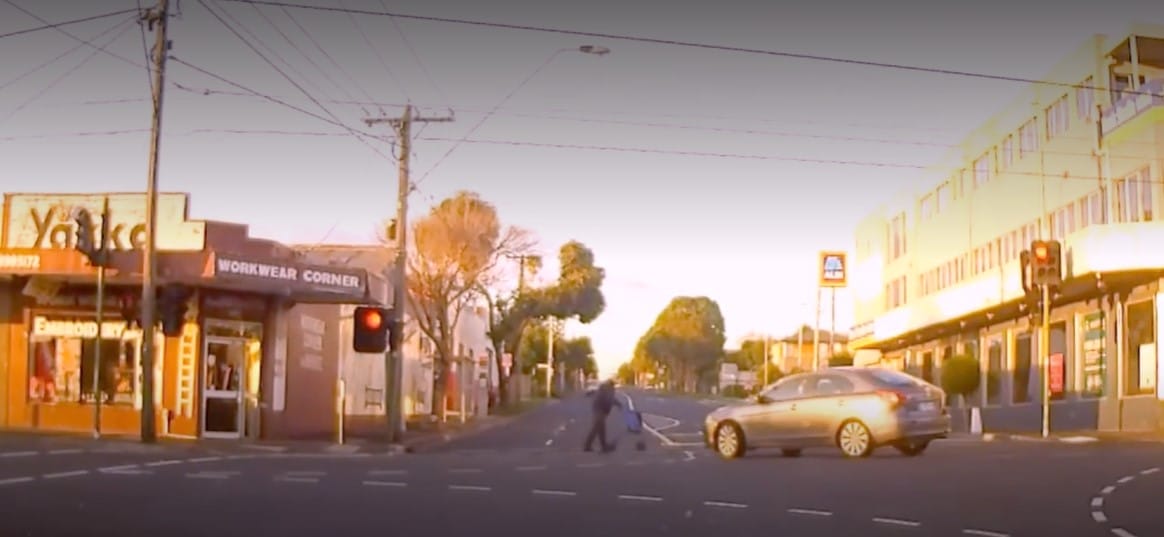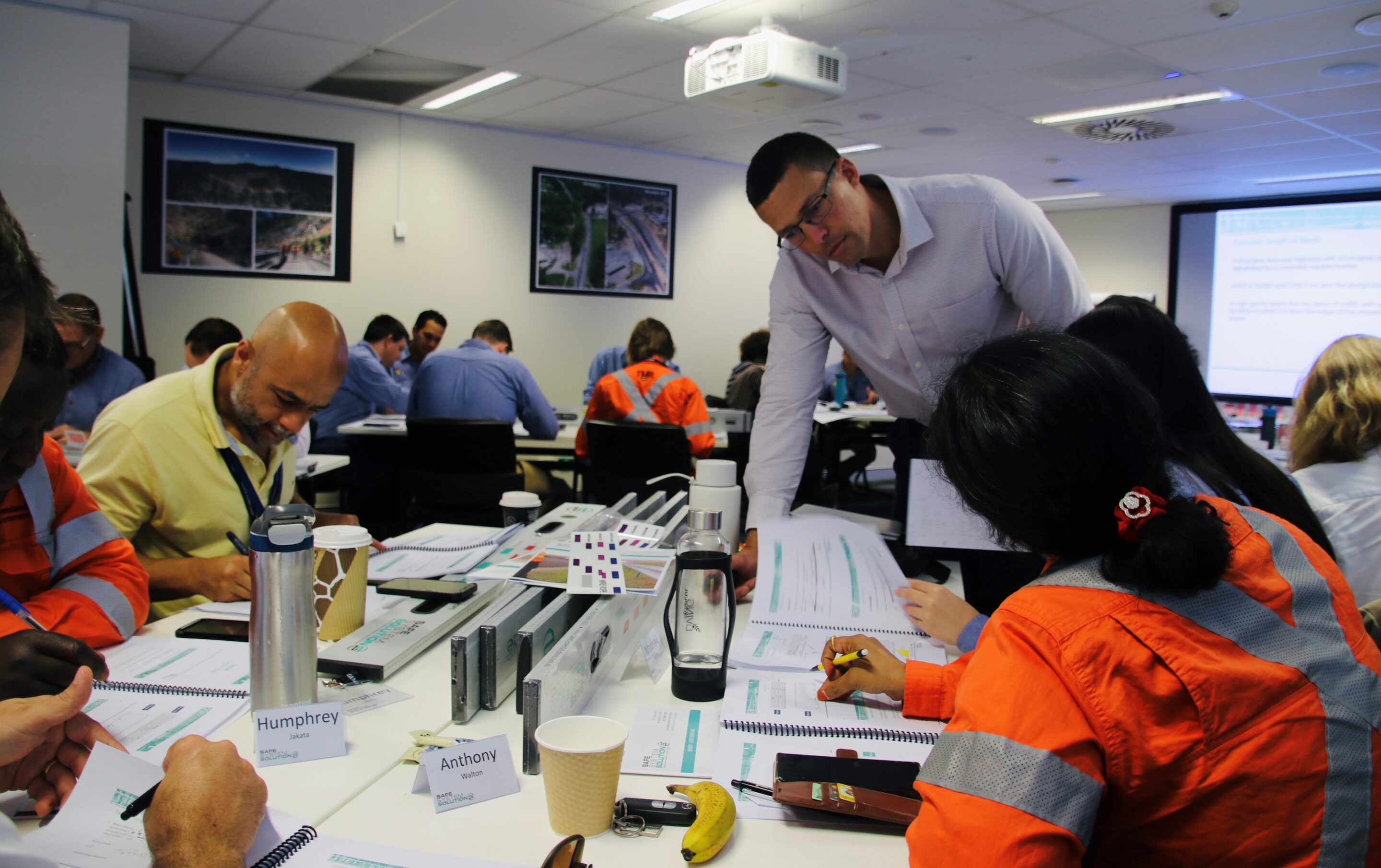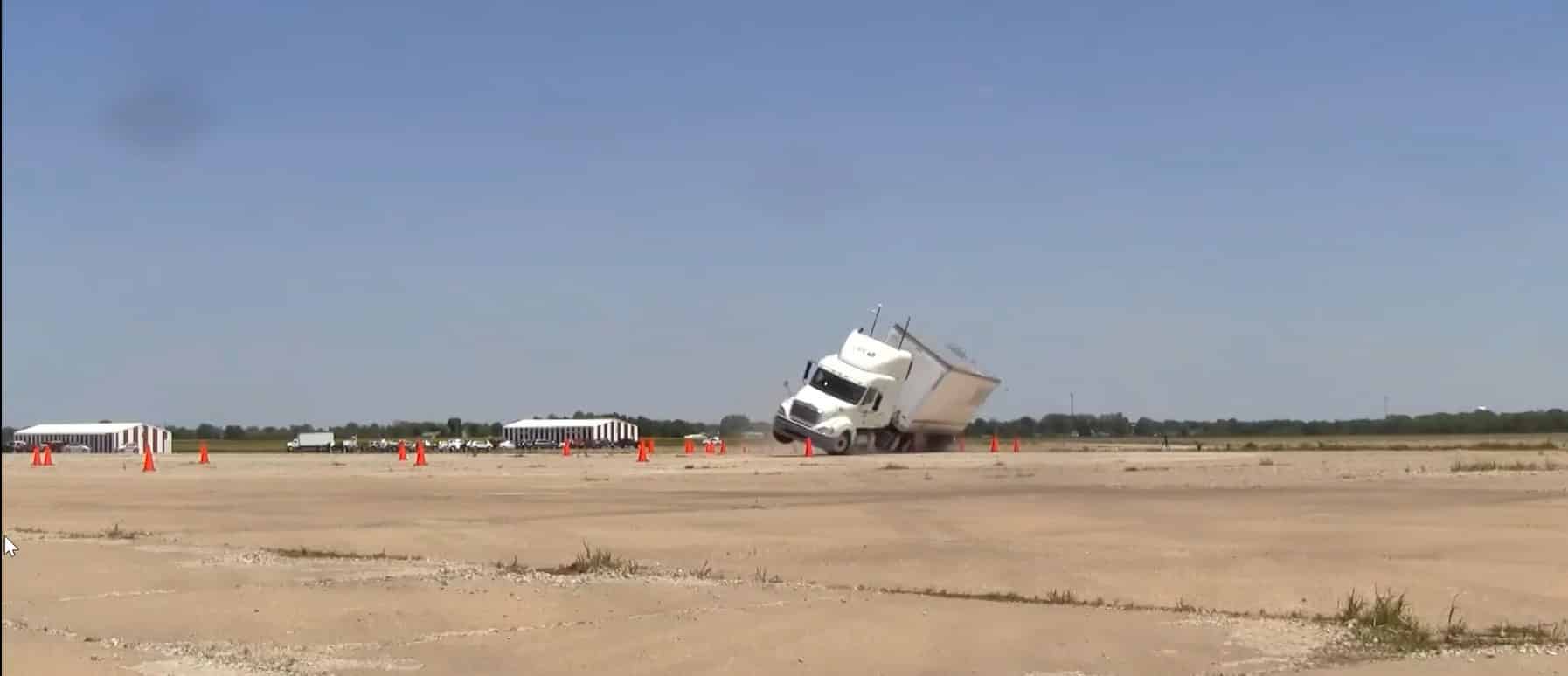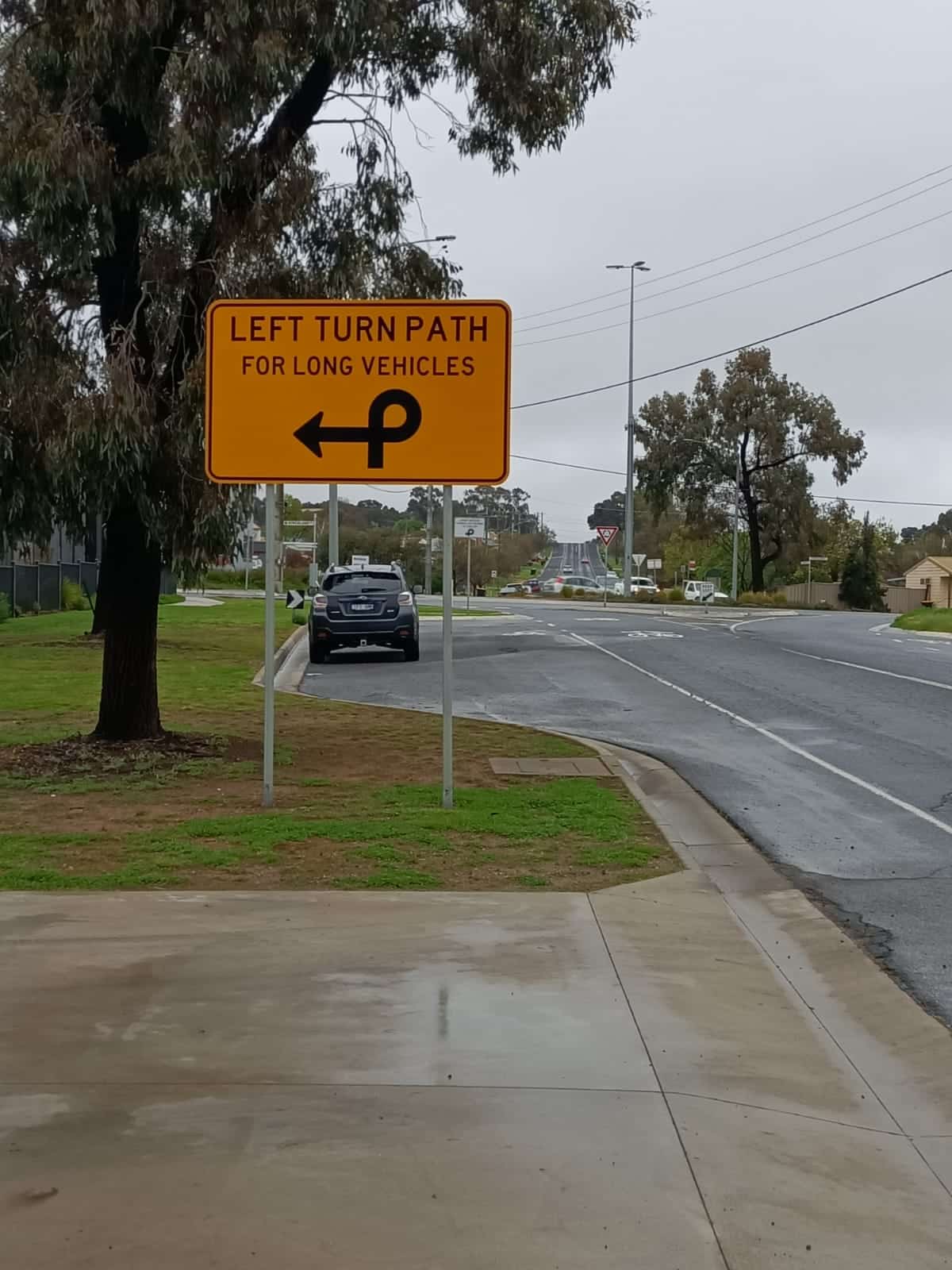Latest News
Safe System Snippet: #206 Importance of giving attention to tyres
As vehicles have become more robust and sophisticated, drivers are becoming less aware of the importance of their tyres. Tyres have significantly improved in terms of safety, performance and wear, but they still need attention as one of the vehicle’s most critical...
Safe System Snippet: #205 Seatbelt use by truck drivers
In a study of seat belt wearing amongst vehicle drivers, wearing rates for light vehicle drivers in NSW are well over 90% but the rates of seatbelt use by truck drivers were considerably lower at around 75%. Some of the main findings of the report were: There are...
Safe System Snippet: #204 Vertical alignment at a railway level crossings
The vertical alignment at a railway level crossing can be a critical factor in the risk of crashes involving larger/longer or lower vehicles. The preference is for the road grading to be smooth at the crossing, however this is rarely possible. Usually, the rail...
Safe System Snippet: #203 Bicycle crash under-reporting
There are approximately eight bicycle crashes for each bicycle crash that is reported in official crash statistics. When this under-reporting is considered, the crash rate for cyclists is almost 20 times that of car occupants. More than 80% of all bicycle crashes...
Safe System Snippet: #202 Wire Rope Safety Barrier – rope tension
Wire rope systems will deflect more on hot days and less on cold days. The required wire rope tension for a specific installation is calculated using the Annual Average Daily Temperature at site and the Product Manual. It is important for road designers to understand...
Safe System Snippet: #201 Slip base (frangible) poles
Slip base (frangible) poles are designed to shear at the base when impacted by errant vehicles. The height of the shearing plane should be 75mm above ground level with a ±25mm tolerance. Too high and the pole may snag a vehicle. Too low and the pole may not...
Safe System Snippet: #200 How solutions on the transport network, may be viewed through a different lens by others.
We’ve seen lots of crashes involving vehicles vaulting off a ramp-down end terminal, but this one is a first for us. This should serve as a reminder to all of us that implement solutions on the transport network, they may be viewed through a different lens by...
Employee Spotlight: Julian Toveneti
Julian has been with SSS for 18 months as a Graduate Engineer. As an accredited Road Safety Auditor, he is one of our team delivering on the mission of creating safer roads for our communities. He recently organized an initiative with his colleagues that is close to...
Safe System Snippet: #199 Lowering Vehicle Speeds in Urban Areas
Lowering vehicle speeds in urban areas is proven to save lives and reduce serious injuries, but here are some things that might surprise you: Safer speeds help make healthier communities. Lower vehicle speeds create a more comfortable environment for pedestrians...
Safe System Snippet: #198 Making our road system more forgiving for when the expected unexpected happens
While we’re not aware of any studies of the impact of spiders on Australian car crash rates (although most of us have encountered a huntsman in the car at one point), we do know that people leave the road for all sorts of reasons – spiders being just one. Falling...
Safe System Snippet: #197 Raised intersections on arterial roads.
Raised intersections on arterial roads can reduce casualty crashes by up to 40%. Also known as platform intersections, raised junctions or plateaus, these speed management devices typically aim to reduce the speed of vehicles to 50 km/h or less. The entire...
Cycling Auditor Course in the beautiful city of Warrnambool
Last week, Safe System Solutions Pty Ltd had the pleasure of running our highly informative and engaging Cycling Auditor Course in the beautiful city of Warrnambool. The course covered a wide range of topics related to cycling infrastructure, including best practices...
Safe System Snippet #196 – “Safety in numbers” effect for active transport modes
The more pedestrians or cyclists there are, the lower the risk faced by each pedestrian or cyclist. On the other hand, the more motor vehicles there are, the higher the risk faced by each pedestrian or cyclist. In 2009, Rune Elvik showed that the high injury rate...
Our Road Safety Audit Course in Melbourne, March 2023
We're well and truly back into the swing of things for 2023 and all geared up to bring you more face-to-face training throughout the year. First up is our ROAD SAFETY AUDIT COURSE, with face-to-face training being held in Melbourne over March 20 & 21, 2023. Led...
Safe System Snippet #195 Low barrier height increases likelihood of vehicle vaulting
When it comes to barrier height, the greatest concern is the barrier being too low as it increases the likelihood of a vehicle vaulting the barrier. Barrier systems have increased in height in recent years to reflect changes in the vehicle fleet, particularly an...
Safe System Snippet #194 Right turn onto a pedestrian at signalised intersections
Right turn onto a pedestrian is one of the most common crash types for pedestrian death and serious injury at signalised intersections. This occurs when the driver has the ability to filter at the intersection (i.e. they choose when they turn right). In many...
Road Safety Barriers Technical Training Course in Queensland
Another fantastic Road Safety Barriers Technical Training Course this week in Nerang, Queensland. The training is designed to equip attendees with a comprehensive understanding of the latest techniques and technologies in road safety barriers. Our expert instructors...
Safe System Snippet #193 Trucks are more likely to roll travelling too quickly through a curve/corner
Trucks are more likely to roll than skid when travelling too quickly through a curve/corner (unlike cars). The trailer tips first due to the high centre of gravity (relative to the prime mover). Trailers can roll with an incline of as little as 15 degrees while the...
Safe System Snippet #192 A see-through effect
A see-through effect is part of the ‘visual deceit’ family of crash causation. This occurs when a driver or rider misses the requirement to give-way or stop because the road geometry misleads them. It is common at crossroads, where traffic signals are in close...
Safe System Snippet #191 Left turn swept path for larger vehicles
Are you struggling with your left turn swept path for larger vehicles in your roundabout design? Instead of increasing the curve radius and increasing the design envelope, have you considered requiring larger vehicles to turn 270 degrees to make their left turn? This...

